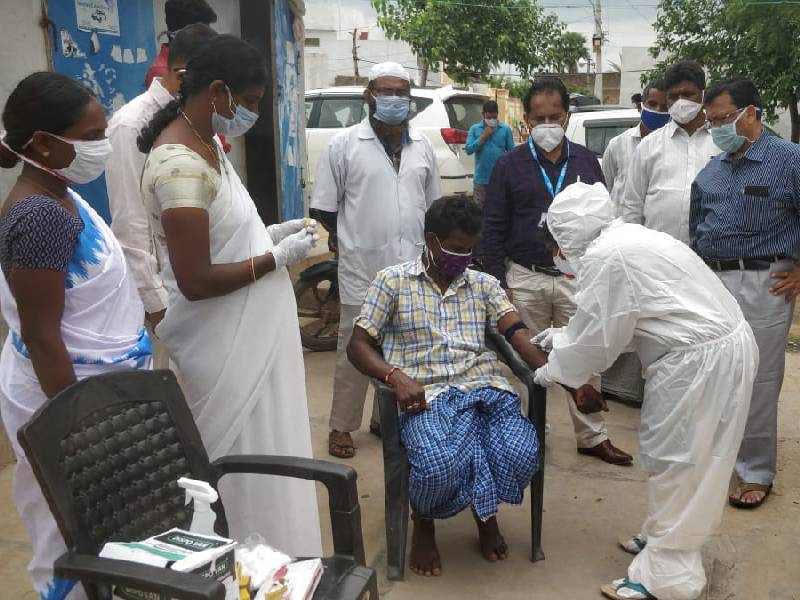Covid infection rate may rise to 5% or higher in ICMR NIN second serosurvey
By Newsmeter Network
Hyderabad: The Indian Council of Medical Research (ICMR) and National Institute of Nutrition (NIN), on Friday, completed the process of collecting samples for the second serological survey being conducted in the state. Sample collection was launched on August 26 in three districts of Telangana to monitor the transmission of SARS-CoV-2 virus among the citizens.
The samples were collected from people in the districts of Jangaon, Kamareddy and Nalgonda. A base survey was conducted in these three districts in May.
Dr Avula Laxmaiah, head, Public Health Nutrition, NIN, said that the infection rate this time would be much higher than the last survey. "In the baseline survey done in May, the infection rate of the virus was less than one per cent. However, this time, according to primary calculations, the infection rate would be around 5-10 per cent, or even higher," he said.
In the first serological survey, the infection rate in Jangaon was 0.49 per cent, in Kamareddy and Nalgona, it was 0.25 per cent.
Sample collection for the survey was done on August 26 and 27 and the blood samples are being processed today. "We completed sample collection on Thursday. Today, we will finish processing blood samples. In another 15 days, we will release details of the surveillance along with a comparison of the first sero survey," Dr Avula added.
As per the ICMR guidelines, 10 villages/wards were selected in each district where 40 citizens each were randomly chosen for sample collection. The house-to-house sample collection was done in 30 villages. Dr Avula also said that they were able to collect a total of 1,400 samples from all districts.
The samples will be sent to Chennai for further analysis.
ICMR and NIN are conducting this population-based sero-epidemiological study to help determine the trend in the transmission of SARS-CoV-2 infection. It would also disclose the socio-demographic risk factors for SARS-CoV-2 infection.